Wanggung Dawon (왕궁다원)
16.6Km 0 2024-04-07
21-5 Sagok-gil, Wanggung-myeon, Iksan-si, Jeonbuk-do
Wanggung Dawon is a hanok café built in the 1800s. It was once the residence of Song Byungwoo, a rich person in the region, and has been operating as a traditional tea house since 2008, preserving the charm of the old hanok. The café offers a wide variety of teas, with the signature menu item being ssanghwatang (herbal tonic tea), a traditional Korean beverage. Ssanghwatang is made with ingredients such as jujube, ginseng, and chestnuts, known for its warming properties.
Café Deoki (카페 덕기)
16.6Km 0 2024-04-07
104 Deokgi 1-gil, Iksan-si, Jeonbuk-do
Café Deoki is a large-scale cafe that opened in 2022. It is well-known for its banana greenhouse, which houses over 100 trees, and also cultivates tangerine trees. Their signature menu items include tangerine juice and banana pudding made from crops grown on-site. The café, known for its exotic banana greenhouse and the entire ambiance, is famous as a photo spot.
Wanju Wild Food Festival (완주와일드푸드축제)
17.2Km 34117 2024-04-07
246, Gosanhyuyangnim-ro, Wanju-gun, Jeonbuk-do
• 1330 Travel Hotline: +82-2-1330 (Korean, English, Japanese, Chinese) • For more info: +82-63-290-2622-3
Wanju Wild Food Festival is a 3-day festival taking place in the area of Gosan Recreational Forest. The festival provides environmentally-friendly food experiences using local agricultural products, along with various wild plants and animals from Wanju. Visitors can also enjoy traditional games and experiences such as cheonnyeop (fishing by hand). This festival aims to give visitors a feeling of sentiment for food from the past through partaking in the diverse experiential food programs surrounded by the beautiful natural environment.
Gosan Miso Market / Gosan Market (고산미소시장/고산시장 (4, 9일))
17.2Km 10831 2024-04-06
134 Nambong-ro, Gosan-myeon, Wanju-gun, Jeonbuk-do
Gosan Miso Market encompasses both the Gosan Market (five-day market), which was established in 1964, and the Gosan Miso Market (daily market), which opened in 2013. It houses shops selling Korean beef, Gosan local foods, agricultural products, and dairy products. One of the highlights is the Korean-style meat restaurant located on the second floor, where customers can purchase Korean beef on the first floor and have it grilled right away. The five-day market operates on days containing the numbers 4 and 9.
Iksan Godori Standing Stone Buddha (익산 고도리 석조여래입상)
17.2Km 10174 2024-04-07
Donggodo-ri, Geumma-myeon, Iksan-si, Jeonbuk-do
+82-63-859-5792
Iksan Godori Standing Stone Buddha is Treasure No. 46. The two Buddha statues (each measuring 424 cm) stand face-to-face at a distance of 200 meters apart and tell the story of an eternal, but unrequited love.
According to legend, the two Buddhas (one male, one female) are lovers that can only meet for one night in the twelfth month of the lunar calendar. After the sunset on that special day, the lovers are allowed to meet, but must return to their respective positions before the rooster crows at dawn.
The two statues are very representative of the Goryeo era, which produced many stone statues with minimal expression of the physical body. True to the era, each Buddha has almost no curves and is depicted with plain clothing and barely distinguishable arms.
On their heads, the Buddhas wear a crown topped with another square hat. With their square faces, small eyes, pug noses, and small lips, the Buddhas are reminiscent of guardian deities typically placed at the entrance of villages.
Gosan Recreational Forest (고산자연휴양림)
17.4Km 90782 2024-04-07
246, Gosanhyuyangnim-ro, Wanju-gun, Jeonbuk-do
+82-63-263-8680
Located in Osan-ri, Gosan Recreational Forest is a popular family destination throughout all four seasons. Full of thick groves of larch trees, Korean white pines, rigida pines, and plenty of broad-leaved trees, the forest and its streams offer a cool and refreshing retreat. In spring, the forest is beautiful with wildflowers, azaleas and wild cherry blossom trees. In summer, families flock to the streams shaded by the thick forest canopy. As summer turns into fall, the whole area transforms into a rainbow of bright yellow, red, and orange. With the coming of winter, the snow covers the trees and blankets the ground, turning the forest in a winter dreamland.
Iksan Ten Million Chrysanthemum Festival (익산천만송이국화축제)
17.6Km 28195 2024-04-06
322 , Hana-ro, Iksan-si, Jeonbuk-do
• 1330 Travel Hotline: +82-2-1330 (Korean, English, Japanese, Chinese) • For more info: +82-63-859-4977, 4334
The annual Iksan Ten Million Chrysanthemum Festival is held every year from late October to early November. The festival features an outdoor chrysanthemum exhibit, city agricultural hall, cultural performances, music fountain and much more as well as food.
Gimje Munsusa Temple (문수사(김제))
17.9Km 9349 2024-04-07
158, Hwangsan 5-gil, Gimje-si, Jeonbuk-do
+82-63-547-0972
Munsusa Temple, located in Hwangsan-dong, Gimje, is a branch temple of Geumsansa Temple. The temple is located in the heart of nature atop Bonghwangsan Mountain (alt. 100 meters), which is surrounded by the seemingly endless Mangyeong Plains. The temple was built by the great monk Hyedeok Seonsa in the 25th year of King Mu of Baekje after he was visited in his dreams by Munsu Bosal (a Buddhist Saint). The temple was named ‘Munsu’ after ‘Munsugol,’ the original name of the neighborhood in which the temple is located.
In front of the temple stands an ancient zelkova tree whose giant girth measures well over 5 meters. The tree, which is called gwimok (meaning holy, miraculous tree), was recently designated a specially protected tree and is now the focus of preservation efforts. Every January 14th (according to the lunar calendar), local lovernment of Gimje holds a sacred ritual for the tree while the temple holds a ritual to honor the mountain spirit.
Iksan Ssangneung (익산 쌍릉)
18.0Km 15002 2024-04-07
Seogwang-dong, Iksan-si, Jeonbuk-do
+82-63-859-5792
The Ssamgneung (Twin Tombs) in Iksan are stone chamber tombs that were unearthed during an academic excavation survey in 1917. At the time of the survey it was discovered the tombs had already been illegally excavated, most likely during the reign of King Chungsukwang of the Goryeo dynasty. Though looters had stripped the tombs of any burial accessories, the wooden coffins were found to be relatively intact.
The coffins were severely damaged in the aftermath of the Korean War, but were later restored by the Jeonju National Museum. When they were first found, the twin tombs measured 3.1 meters high and 0.5 kilometers wide, but some of the original wood was lost during the tombs’ tumultuous history and the restoration that followed. The larger of the restored tombs now measures 30 meters in diameter and 5 meters in x_height while the smaller tomb measures 24 meters in diameter and 3.5 meters in x_height. On January 21, 1963 the tombs were designated Historic Site No. 87.
The Twin Tombs are roughly 200 meters apart, with the tomb in the east called Daewangmyo (big royal tomb) and the one in the west Sowangmyo (small royal tomb). The interiors of the tombs are done in the same style as the stone chamber tombs found in the tomb cluster of Neungsan-ri, Buyeo. Considering that the nearby Mireuksaji Temple Site was built during the reign of King Mu of Baekje dynasty, it is highly likely that the Twin Tombs are those of King Mu and his wife, Queen Seonhwa.
Dongboseong (동보성)
18.7Km 4757 2024-04-07
437, Hana-ro, Iksan-si, Jeonbuk-do
Dongboseong is an authentic Chinese restaurant serving dishes prepared by a number of chefs from China. It has separate rooms and large banquet rooms for group dining.
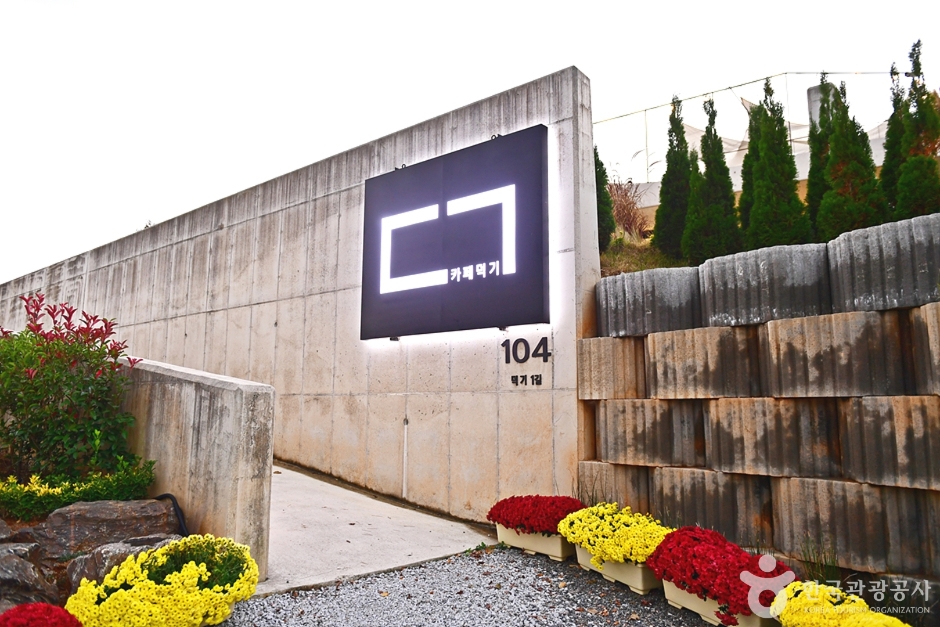
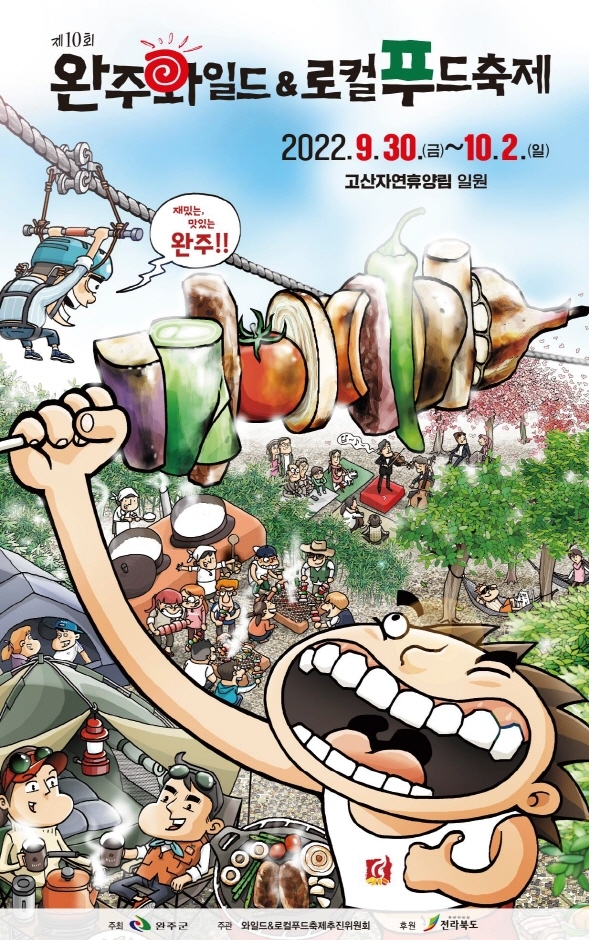
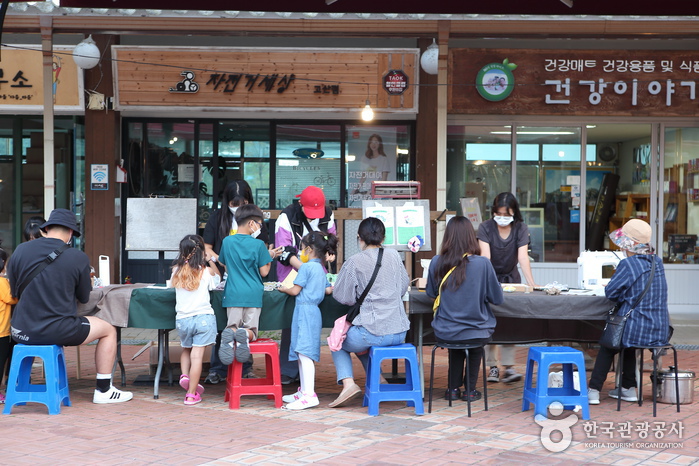
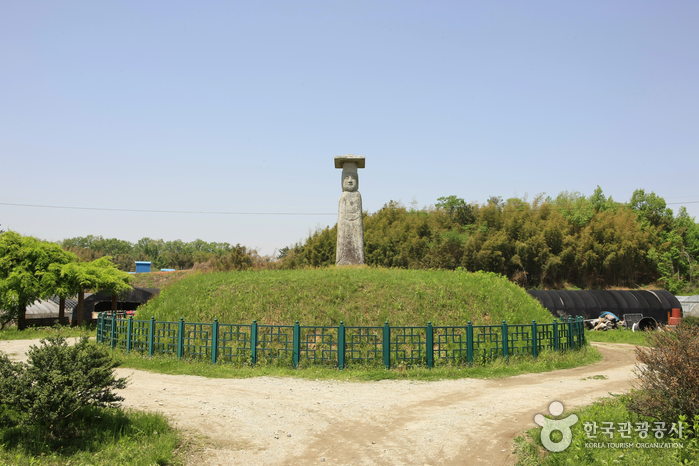

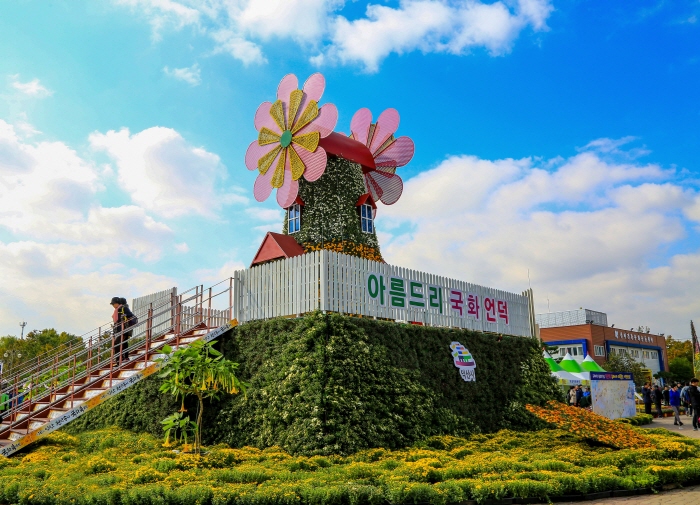
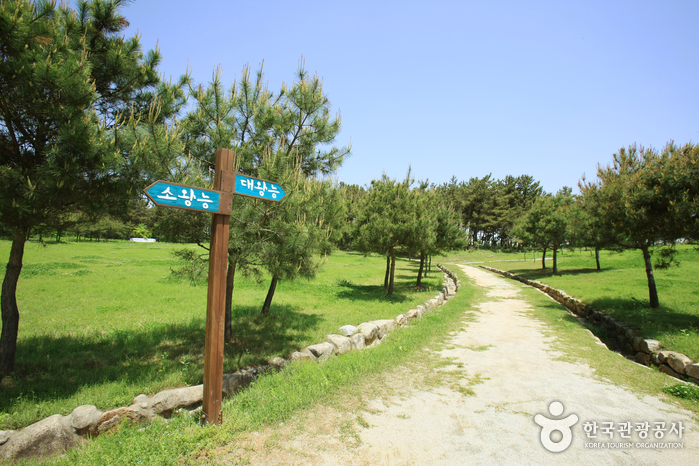
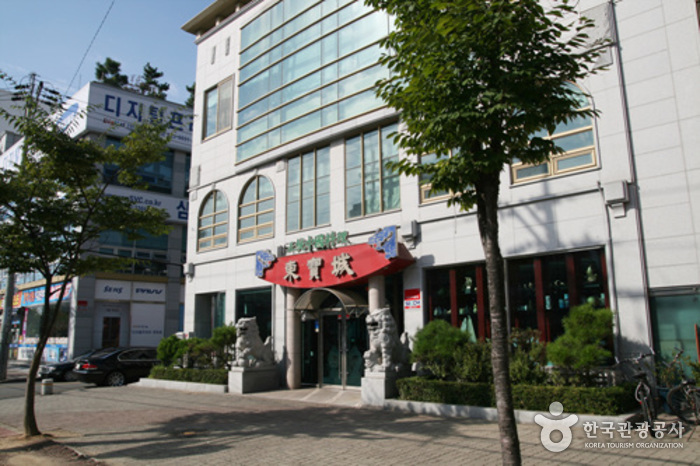
 English
English
 한국어
한국어 日本語
日本語 中文(简体)
中文(简体) Deutsch
Deutsch Français
Français Español
Español Русский
Русский